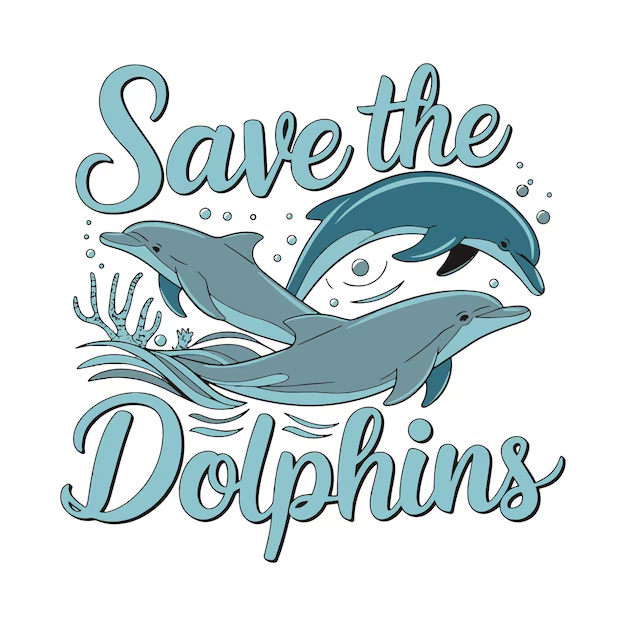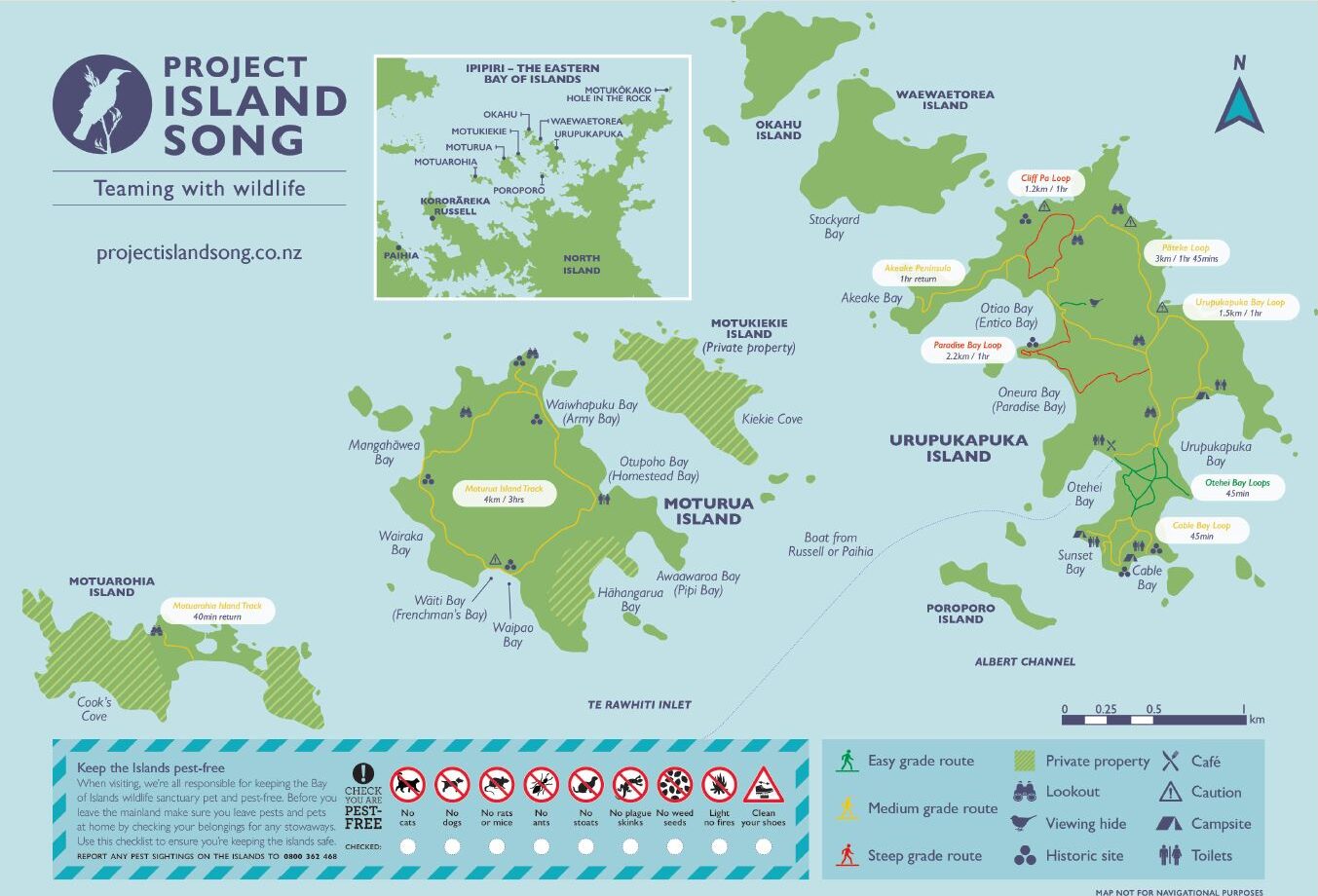Fish in the bay of islands
Snapper
Found in a wide range of habitats, including rocky reefs, sand, and mud bottoms, primarily in depths of 5–60 metres, though some can be found down to 200 metres
Red Banded Perch
Found in the waters around New Zealand and southeastern Australia. It is a solitary fish that grows up to 20 cm long and has reddish-brown and pinkish bands on its body. It lives in crevices on boulder bottoms and rocky ledges, typically at depths between 5 and 100 meters.
Kelpfish
Found in southern Australia, and off the North Island of New Zealand, at depths down to 30 m. The large kelpfish feeds on invertebrates, including small molluscs, crabs and kin
Sandager's Wrasse
Top: Male Bottom: Female They live in small harems consisting of one male and several females and juveniles. They are active during the day and sleep buried in sand at night.
Parore
Parore grow to a maximum length of 60 cm, but most adult fish are 30-40 cm. Parore has a maximum age of 10 years. They are a relatively fast growing fish, reaching 30 cm by age 5, at which point growth slows.
Kahawai
Kahawai can live up to 26 years and grow up to 79 cm long. They chase bait fish to the surface in what is known as a ‘boil up’ because it makes the water appear as if it is boiling.
Blue Maomao
Blue maomao are found in shallow water off rocky coasts, more abundantly north of East Cape. Often they occur in shoals which, when near the surface, give the water a bright-blue coloration.
Kingfish
The Kingfish grows to a maximum size of approximately 2 metres and can weigh up to 70 kilograms. They are a curious fish species and if a diver makes a loud noise underwater, it will often bring the kingfish in for a closer look.
Kina
Kina is a sea urchin found only in New Zealand. found in shallow, rocky coastal waters and known for being a traditional food for Māori, who eat the insides raw or cooked.
Dolphins in the Bay of Islands
Bottlenose Dolphin
Status: Endangered Length: up to 3.9m Weight: up to 650kg. Facts: Bottlenose dolphins have a short beak and a hooked dorsal fin.. It’s estimated that there are 50 bottlenose dolphins in the Bay of Islands.
NZ Common Dolphin
Status: Not threatened Length: up to 2.5m Weight: 200kg Facts: Distinctive hourglass pattern of colors–one of the only tricolor dolphin species in the world. Travel in large pods of up to 100 dolphins.
Orca/Killer Whale
Status: Critical Length: up to 9m Weight: up to 10,000kg Facts: Actually part of the dolphin family. Pods of 2-15. They will go close to shore to hunt stingrays and sharks
Pilot Whale
Status: Least Concern Length: up to 7.6m Weight: up to 3200kg Facts: Notorious for becoming stranded. Named for having one “pilot” that leads the group. Second largest dolphins in the world.
Marine mammal protection zone
The Bay of Islands is within a Marine Mammal Sanctuary. This sanctuary limits the speed and distance at which we can approach marine mammals.
The purpose of the Bay of Islands Marine Mammal Sanctuary is to; reduce known pressures on marine mammals, and give them the opportunity to visit the waters of the Bay of Islands safely, giving them space to do their normal behaviours, including feeding and nursing.
Bottlenose dolphins are being viewed as an indicator species - research shows a reduction in survival critical behavioural and a drop in the number of bottlenose dolphins visiting the Bay of Islands.

BAY OF ISLANDS CONSERVATION
Project Island Song began with a small group of enthusiastic Bay of Islands locals in 2003. Their combined dream was to return the islands of Ipipiri to a sanctuary thriving with native habitat, lush vegetation and alive with the dawn chorus.
As a result of this project, the seven islands of Okahu, Waewaetorea, Motukiekie, Moturua, Urupukapuka, Motuarohia and Poroporo have been pest-free since 2009, the bush is regenerating, and returning native wildlife is recolonising the islands.
Thanks to this incredible partnership the islands of Ipipiri are beginning to sing once again after many years of silence.
Want to find out more?
